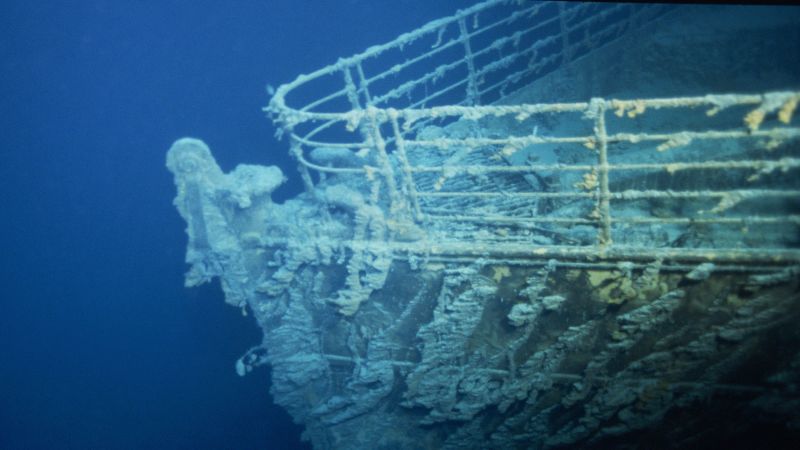The search for a missing submarine with five people on board near the Titanic ruins in the Atlantic Ocean draws attention from rescue teams worldwide.
As per reports, the five people aboard the ship still have a few hours of oxygen.
Less than 10 hours of oxygen remain for the crew members, according to the US Coast Guard. The rescue personnel are working diligently around the clock as a result of the most recent information regarding breathing air on the ship.
A Canadian aircraft with SONAR capability had earlier on Wednesday heard sounds in the area, which prompted the deployment of remotely operated vehicles to look into the source of the sounds.
Although the source of these sounds is still unknown, they have raised hopes that the tourists aboard the small tourist vessel are still alive.
“Hope always endures during a search and rescue mission. We cannot definitively pinpoint the source of the sounds, though, according to Coast Guard Captain Jamie Frederick in an official statement.
The Titan was built to hold 96 hours’ worth of oxygen in emergencies.
The US Coast Guard, Canadian military aircraft, French ships, teleoperated robots, and other organizations are working together in this international effort to find the lost submersible. On Sunday, June 18, the event took place as the ship was sailing to see the Titanic’s debris.
British billionaire and explorer Hamish Harding, 58, a businessman from Pakistan named Shahzada Dawood, 48, and their son Suleman, 19, a French explorer named Paul-Henri Nargeolet, 77, and Stockton Rush, 61, the founder and CEO of OceanGate, are among those on board the ship.
People all over the world have been enthralled by the unfolding circumstances surrounding the lost submersible and the race against time to rescue any potential survivors.
People have been glued to their televisions as marine experts have described the difficulties encountered during rescue operations in such a vast sea region.
Experts had highlighted safety concerns about the submersible vessel in 2018, stressing OceanGate’s choice to forego third-party certification, such as the participation of the American Bureau of Shipping, a key player in submersible classification.

The submersible tale is reminiscent of recent high-stakes rescue missions like the recovery of more than 30 trapped miners in Chile in 2010 and the incredible rescue of a Thai boys’ football team from a flooded cave system in 2018.
According to Reuters, there have been more than 2 million searches for “submarine missing” this week on Google.









